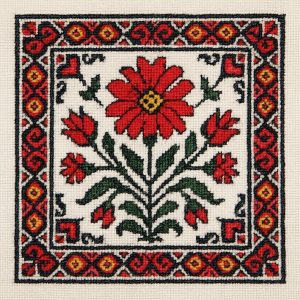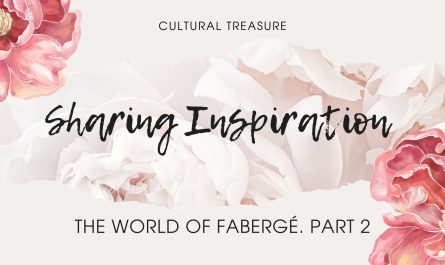Embroidery isn’t stuck in a chest anymore. It’s on runways, buildings, screens — and it’s louder than ever
Folk Is the New Cool
In Ukraine’s cultural comeback, folk symbols aren’t fading into the past. They’re taking over the present. Let’s be honest: not long ago, traditional embroidery was something you only saw on your grandmother’s blouse or maybe during Independence Day. But today? Vyshyvanka patterns are headlining fashion weeks, graffiti walls, concept stores, and Instagram mood boards.
This rebirth has a name: Neo-Folk
In Ukraine, the fusion of ancient patterns with sleek cuts, bold styling, and digital formats is more than a trend. It’s a movement. A protest. A style statement. A cultural reclamation.
Embroidery Hits the Streets
You can now spot vyshyvanka-inspired clothing not just in folk festivals, but in bustling cafes in Kyiv, at student protests, and in startup offices. It’s everywhere — and intentionally so. Young Ukrainians are wearing symbols once stitched for protection and harvests, now transformed into armor for everyday life.

 Reimagined Vyshyvanka: Cropped, oversized, stylized—designers like Vita Kin, Gunia Project, and create collections that turn old-school embroidery into high fashion. Think bold shoulders, linen trench coats with tree motifs, or embroidered collars worn with denim and sneakers.
Reimagined Vyshyvanka: Cropped, oversized, stylized—designers like Vita Kin, Gunia Project, and create collections that turn old-school embroidery into high fashion. Think bold shoulders, linen trench coats with tree motifs, or embroidered collars worn with denim and sneakers.- DIY Remakes: TikTok and Instagram are full of teens revamping their parents’ embroidered shirts, making patchwork denim skirts or cropped tops. It’s sustainable, it’s stylish—and it’s cultural power play.
From Towel Racks to Building Walls
Folk symbols have officially gone 3D. In recent years, designers and artists have taken embroidery off the fabric and into public spaces. Here’s how they’re showing up in cities:

 Street Murals: The Tree of Life climbs across brick walls, geometric wave patterns sweep across abandoned buildings, and massive embroidered motifs glow at night under LED lights. These aren’t just pretty—they’re stories about survival and roots.
Street Murals: The Tree of Life climbs across brick walls, geometric wave patterns sweep across abandoned buildings, and massive embroidered motifs glow at night under LED lights. These aren’t just pretty—they’re stories about survival and roots.- Embroidery in Architecture: Some Ukrainian cities—like Nova Kakhovka—feature decorative elements known as “stone vyshyvankas.” These facade ornaments resemble traditional embroidery and show how folk motifs continue to influence urban design.
Symbolism That Walks the Runway
Fashion houses aren’t just borrowing embroidery as an aesthetic—they’re reclaiming it as identity.
- At Paris Fashion Week, designer Svitlana Bevza reworked ancient symbols and concentric sun motifs into elegant silhouettes. One coat, stitched with flame shapes, referenced Cossack fire rituals—but looked right at home under runway lights.
- Brands like Foberini and ETNODIM weave traditional regional styles with minimalistic cuts, making garments that feel modern but carry centuries of coded meaning.
These aren’t costumes. They’re conversations.
Digital Embroidery – even online, Neo-Folk is alive and stitching.
 On Instagram, Ukrainian artisans now share embroidery patterns digitally—letting people across the world recreate traditional motifs with a modern twist. Think PDFs of spirals in neon palettes or Tree of Life tattoos sketched for iPad styluses.
On Instagram, Ukrainian artisans now share embroidery patterns digitally—letting people across the world recreate traditional motifs with a modern twist. Think PDFs of spirals in neon palettes or Tree of Life tattoos sketched for iPad styluses.- Telegram groups and digital knitting circles post AI-generated pattern mashups, mixing folk symbols with digital aesthetics. You might scroll past a Tree of Life drawn in glitch art, or a wave motif warped into cyberpunk colors.
This is folklore meeting the future—no loom required.
Neo-Folk = Style, Statement, Survival
This shift from embroidered keepsakes to public murals and global fashion tells us something deeper: Ukrainian folk symbols were never just decoration. They were always communication. Now, in the age of fast fashion, digital feeds, and hybrid identities, these patterns speak again—but louder. They say:
“We remember where we came from. We’re not afraid to change. We’re still here—and still stitching”


